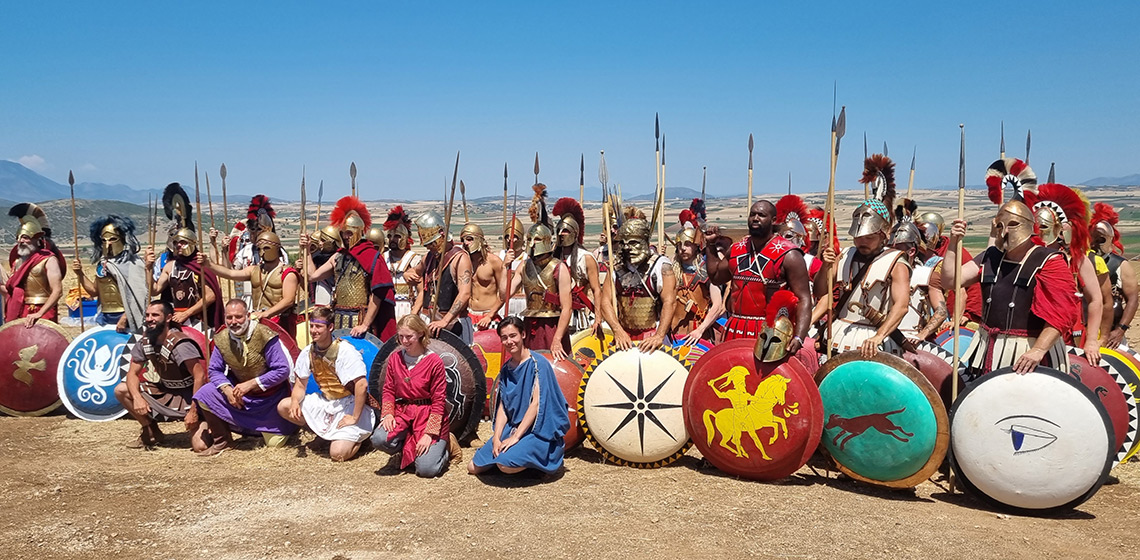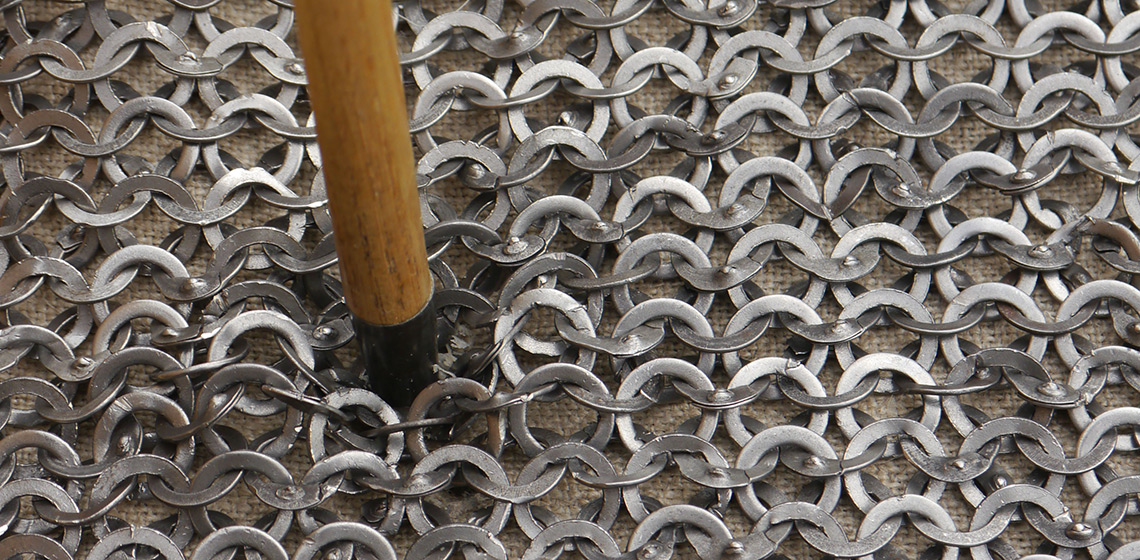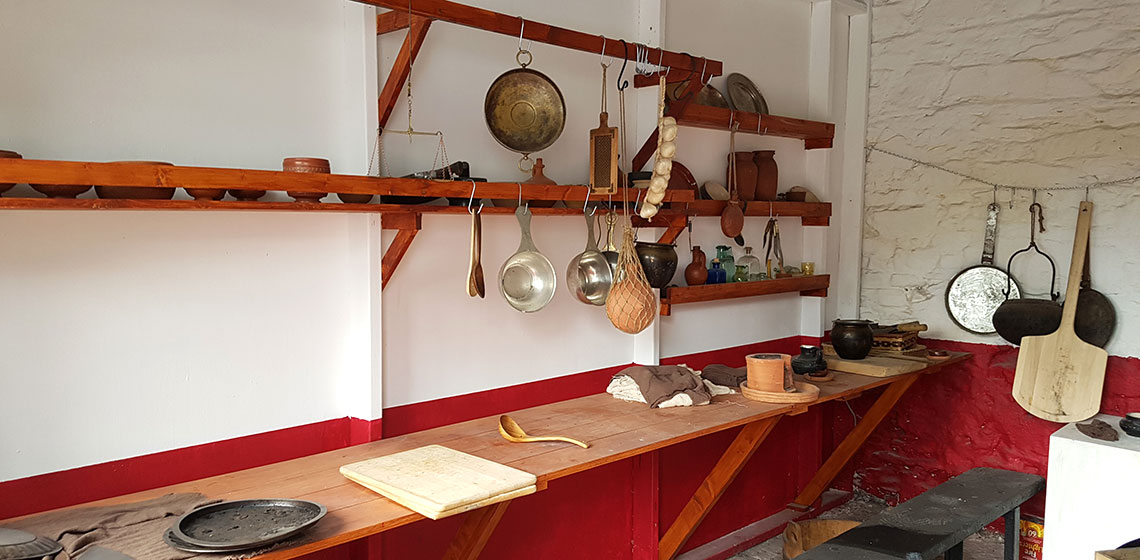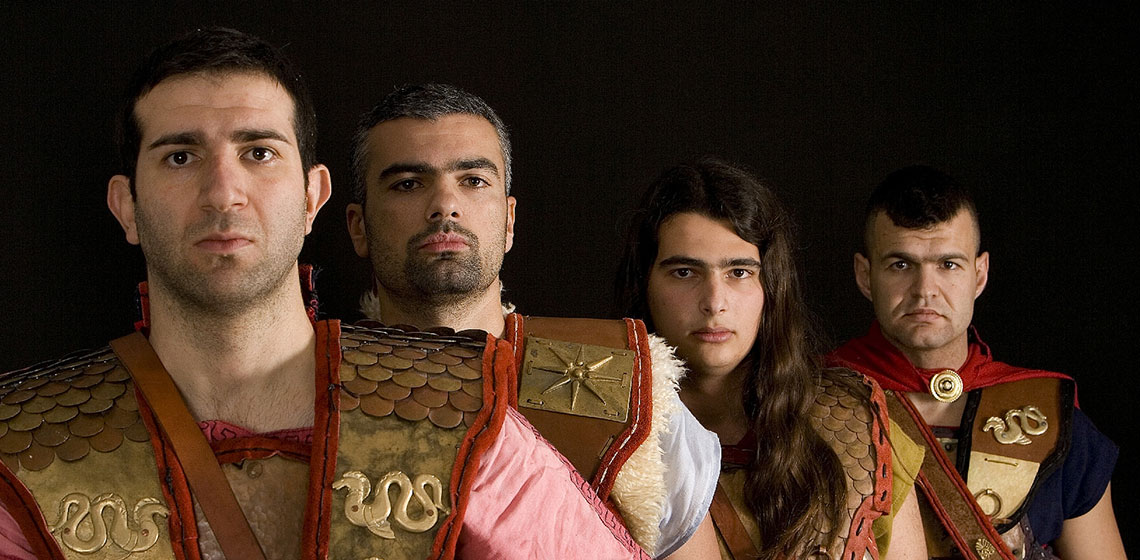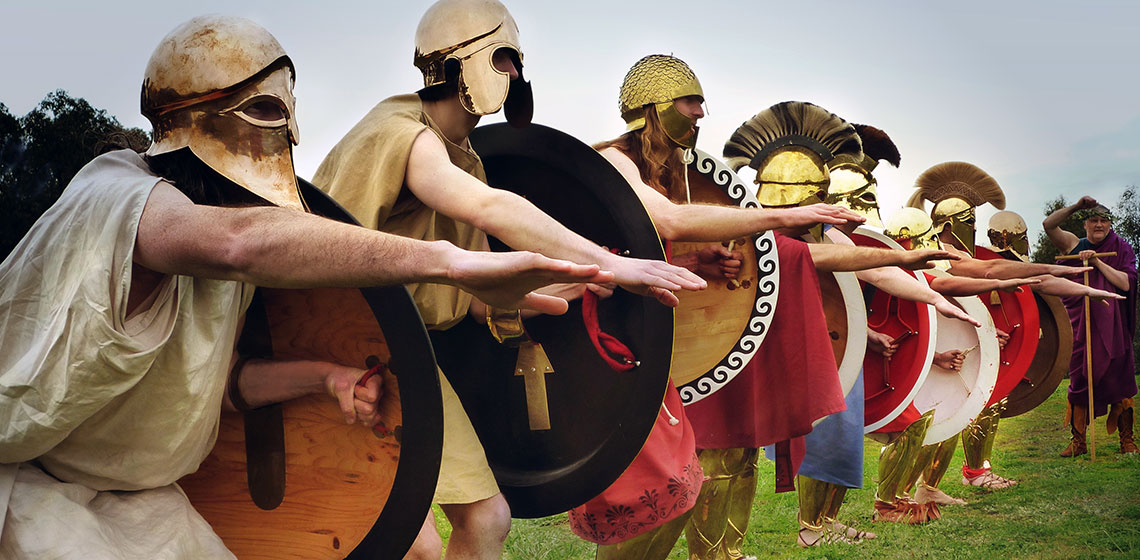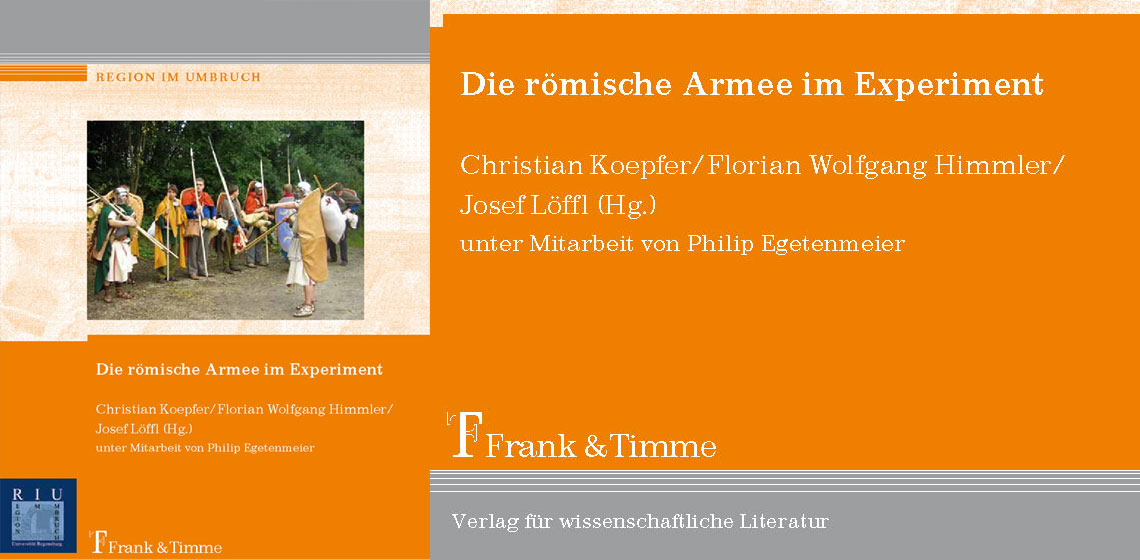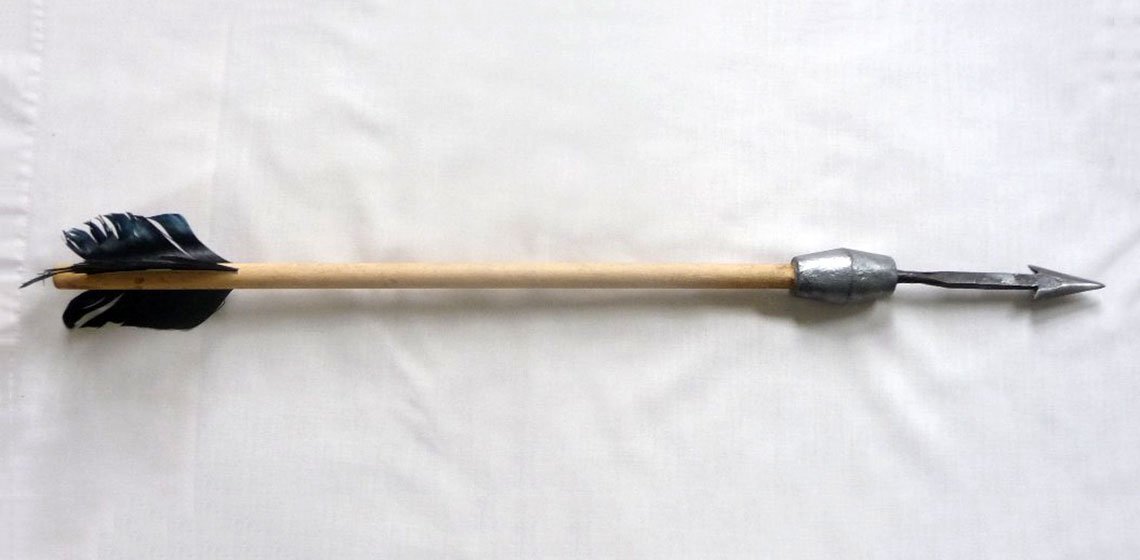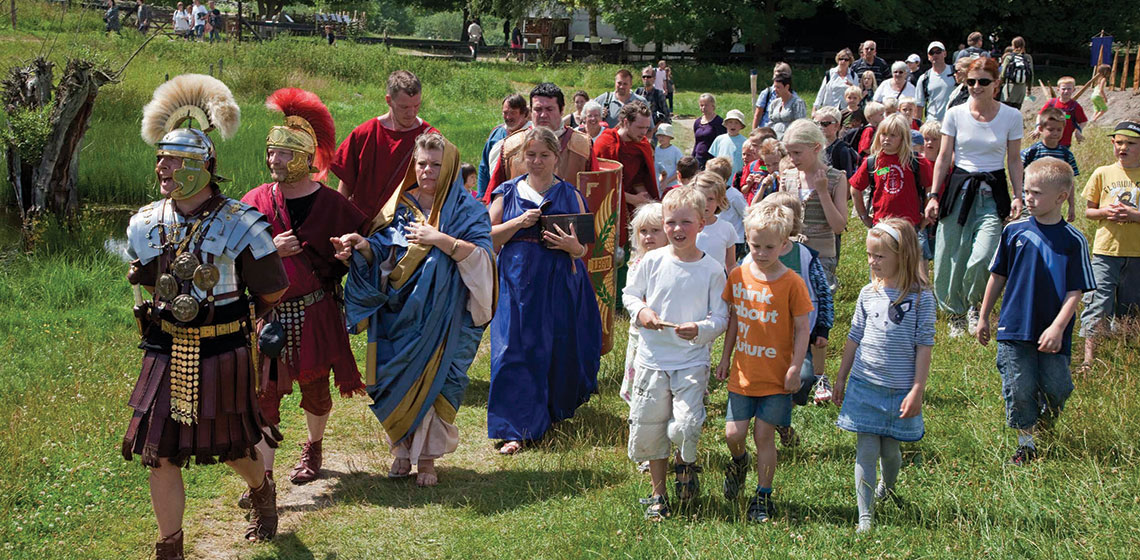army
The 2,500th Anniversary of the Battle of Plataea, 26-31 July 2022. Recreating the Cavalry
Introduction
Delayed by the pandemic, the 2022 event was organised with the support of the local community, the Ephorate of Antiquities, and the re-enactment group ‘Hoplologia’ lead by Christian Cameron. Using re-enactors to commemorate their Classical history was, for a variety of political and religious reasons, an important step for the Greek authorities to take. Christian gathered around ninety very experienced and passionate re-enactors and reconstructors in Plataea from at least eight different counties, at their own expense.
Evaluation of Mail Horse-Armour
Traction Trebuchet
Castrum Corcagiensis - Roman Experimental Archaeology in Ireland
Interview: the Association of Historical Studies Koryvantes
Interview: Ancient Hoplitikon, "Poorer Cousin" to History Academia or alternative XXI Century Interpretation of History?
Book Review: Die römische Armee im Experiment by Chr. Koepfer, F. W. Himmler & J. Löffl
The Use of Metal Moulds to Cast Lead Weights onto the Wooden Shaft of a Plumbata
Varus and the Lost Legions in Sagnlandet Lejre - A Re-enactment Success?
In July 2009 a battle took place in Sagnlandet Lejre, in the heart of Zealand in Denmark. The battle was a dramatized re-enactment of the historical battle of Teutoburg forest in Niedersachsen in the year 9 AD - also known as the Varus Battle. Why should such a re-enactment event take place in Denmark - over 100 kilometres from the presumed site of the historic battle?...

